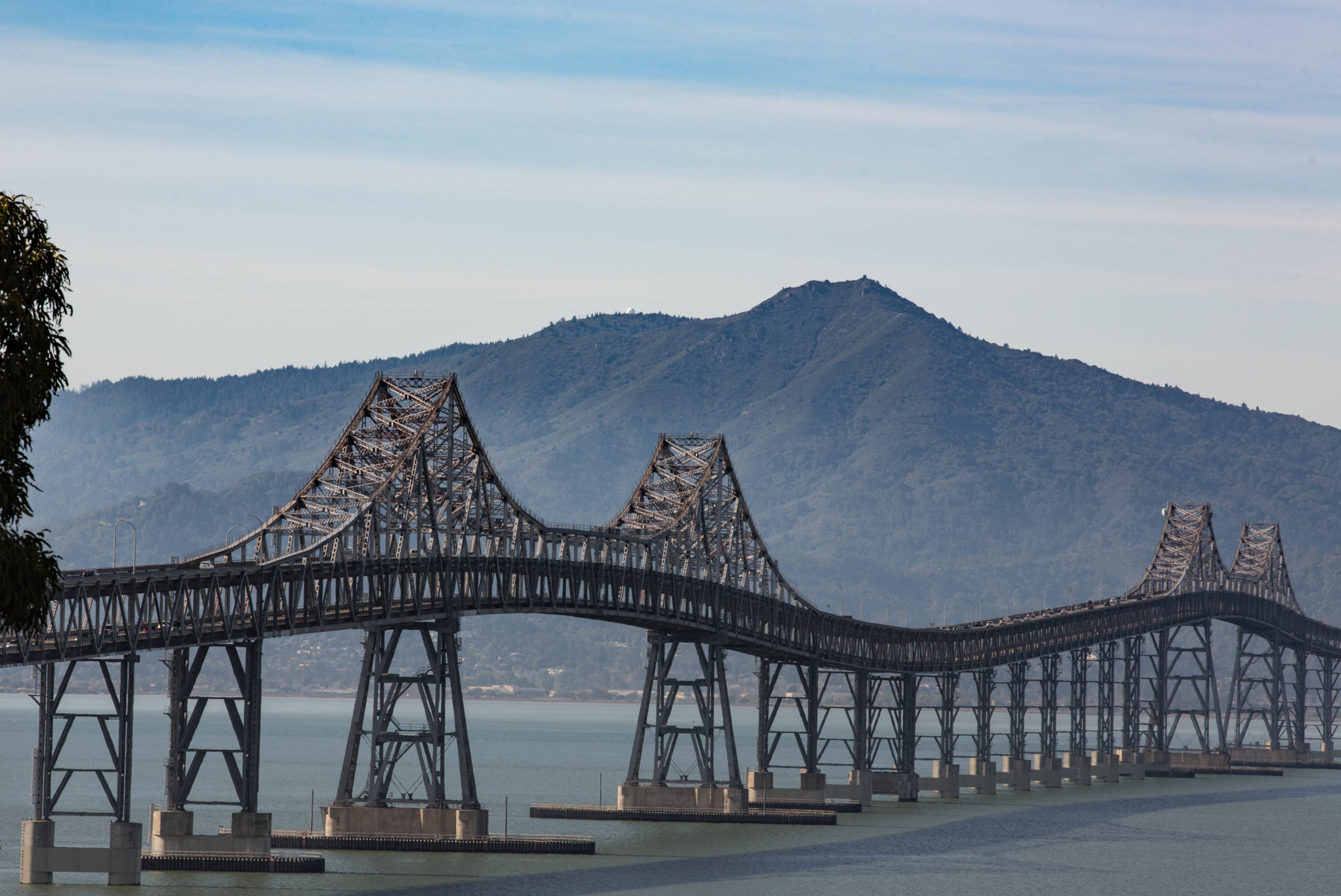Got a call from Kate about 4 this afternoon that my Uncle Bill had had a heart attack and died. After the shock, I shifted into news mode and sent this obit info to the Trib and Sun-Times in Chicago:
The Rev. William Hogan
Born Jan. 9, 1927, in Chicago
Died in Chicago Dec. 31, 2003.
Bill suffered a heart attack early this afternoon and died after being taken to St. Mary of Nazareth Hospital on the West Side. Arrangements for a funeral and other services are pending.
Bill was a former Roman Catholic priest (though he would have disputed the adjective “former”), ordained in 1952, whose career was marked from its earliest days by political activism, notably in the civil rights, antiwar, and antinuclear struggles of the 1950s, ’60s, ’70s, and ’80s.
He was prominent in the campaign to oust Chicago school Superintendent Ben Willis in 1963 (or maybe ’64; there were daily marches against Willis to protest school segregation in the city, and one day the Chicago Daily News landed on our front step with a picture of Bill being carried to a paddy wagon; another notable picture appeared on the front page of Chicago Today around 1970 — he and another protester climbing out of a canoe near the Michigan Avenue Bridge after dumping red dye in the river to protest the Vietnam War; both were arrested for their trouble).
He participated in several of the major civil rights campaigns in the South, including the Rev. Martin Luther King Jr.’s Selma-Montogomery march in 1965. Later, he joined in the local and national campaigns to end the U.S. war in Vietnam, was a leader in Chicago Clergy and Laity Concerned (an antiwar group), and was one of the plaintiffs in a pair of federal lawsuits in 1974 and ’75 that sought to stop alleged Chicago Police Department harassment of political activists (the suits led to a consent decree, still in force, that restrains police surveillance of political groups).
Bill’s work in the streets frequently put him at odds with the leadership of the Chicago archdiocese, and in the 1970s he was suspended for disobeying directives to refrain from political activity. He drove a cab for a time to make ends meet (he turned over most of what he made to peace organizations; Jack Star of the Tribune magazine did a long feature about Bill, with a nice picture of him in his cab, outside Holy Names Cathedral, that was published in 1976 or so). In part because members of his Mundelein seminary class protested, the diocese reinstated him in 1977, the class’s silver anniversary year. Bill wound up leaving the priesthood in the early 1980s, partly over his opposition to the Church’s position on celibacy. After leaving the priesthood, he got married and taught for a time in the Chicago schools; for the past decade or so, he worked as a case officer in the Cook County adult probation department.
His first parish assignment in the early 1950s was at Holy Angels, which was later George Clements’s parish (on Oakwood Boulevard on the South Side). He also served at St. Martin’s and St. George’s parishes (both adjacent to the Dan Ryan — St. Martin’s on 59th Street is still there, though St. George was razed in the early ’70s) and after his suspension and reinstatement at Our Lady of Lourdes on the West Side.
He was the oldest of six children born to Daniel Edward and Anne O’Malley Hogan; his father, a First National Bank employee, died in 1941. His mother, a longtime teacher at Chicago’s Copernicus elementary school, died in 1980.
Bill was the oldest of four Hogan sons to be ordained Roman Catholic priests. His twin brothers Tom and Ed were ordained Carmelites in 1958 (Tom died in 1980; Ed — also known by his order name of Ben Hogan, served at Mount Carmel High School among many other assignments — died in 2001). His brother Dick was ordained in 1965 and served in the Joliet Diocese; he died in 2000.
My mother, Mary Alice Hogan Brekke, was Bill’s only sister. She passed away in August.
He’s survived by his wife, Jackie, his stepson Jeff, and stepdaughter, Katie; by his brother-in-law, Steve Brekke; by me and my brothers, John and Chris, and sister, Ann; and by great-nephews and -nieces in Chicago, Brooklyn, and Berkeley, Calif.
But most of all, he’s remembered by everyone he met in his journeys through the Church and “the Movement” (as he still called it) as a real lion for justice and for people’s rights and dignity; and as one of the world’s great optimists: someone who was sure that the world will come out right if you keep fighting for what you believe is right.
Hope they do a little story on him.
